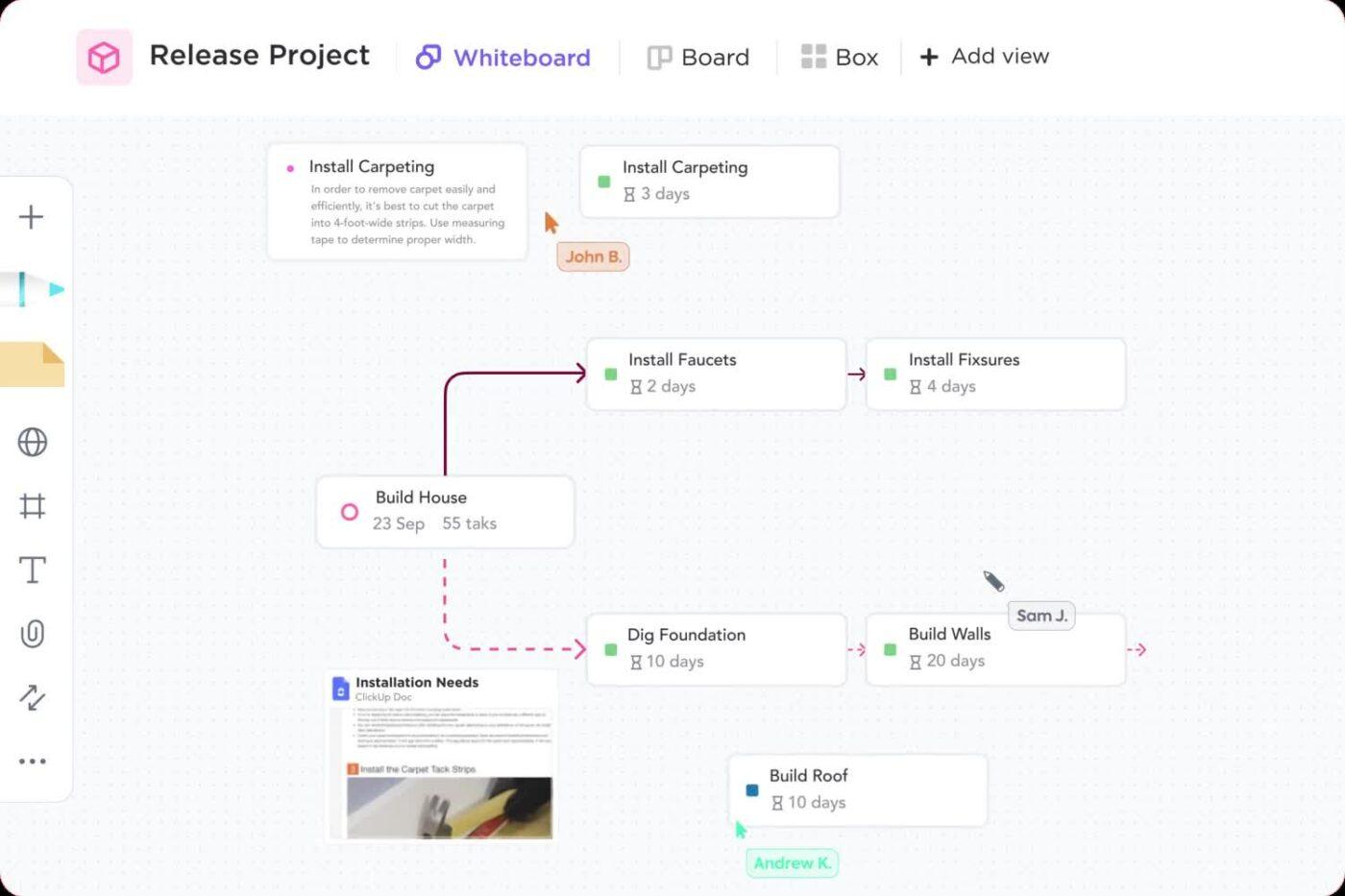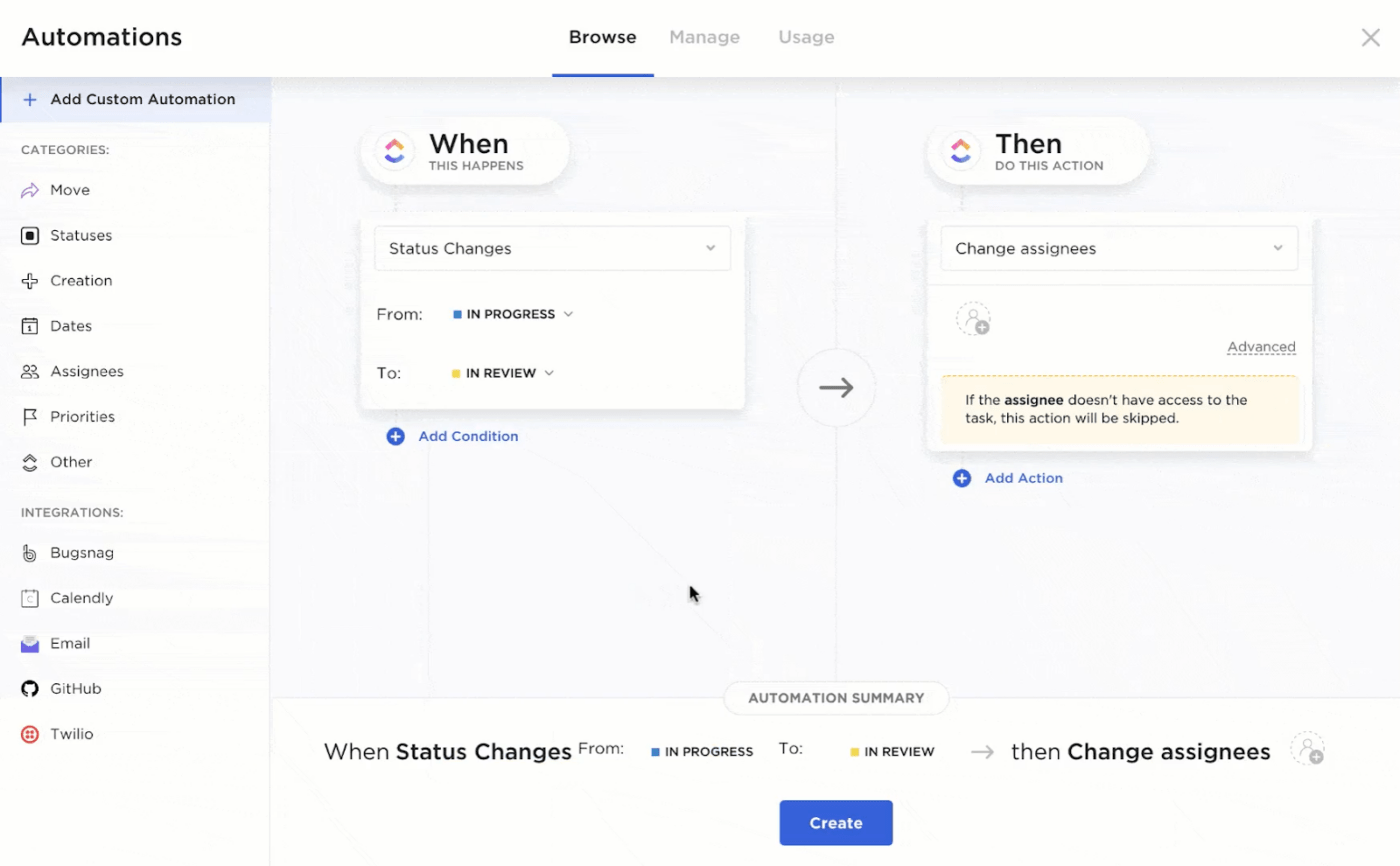Meeting Outcomes: How to Run Effective Meetings in 2025

Sorry, there were no results found for “”
Sorry, there were no results found for “”
Sorry, there were no results found for “”
Not every day do you leave a meeting feeling motivated, clear on your action items, and driven to make a big impact. On the contrary, meetings are infamous for being time-consuming and leaving attendees bored, confused, or frustrated.
$37 billion is lost every year to unproductive meetings. That’s too high a price to pay, especially when you have simple ways to make meetings effective.
An effective meeting is one where there’s a set agenda, participants quickly come to the point, and you’ve identified the desired outcomes in advance.
Now, without further ado, let’s explore how you can make your meetings work well in 2024.
We’ll review strategies, list helpful AI tools, and discuss great meeting components and outcomes.
Meeting outcomes refer to the results, decisions, or achievements expected or realized due to a meeting. These outcomes are tangible and actionable outputs that contribute to the purpose and goals of a meeting.
Effective meeting outcomes should align with your broader organizational goals. They should be a part of the collective vision.
Meeting outcomes vary depending on the type and purpose of the meeting, but they often include elements such as
Clarity and direction
Well-defined outcomes provide a clear purpose and roadmap for what needs to be done post-meeting, ensuring everyone is on the same page and moving in the same direction.
Accountability
When meetings conclude with defined outcomes, responsibilities, and deadlines assigned foster a culture of accountability and follow-through.
Productivity boost
Effective meeting outcomes save time and resources by preventing the need for follow-up meetings to clarify points or decisions.
Enhanced communication
Effective meetings create an encouraging environment for communication and teamwork. There’s no room for ambiguity when key points and decisions are communicated effectively.
Goal alignment
Meeting outcomes help align the team’s efforts with the broader organizational goals, ensuring every meeting contributes to the bigger picture.
Effective meeting management is key to achieving these outcomes, a process streamlined by advanced software solutions.
To make different types of meetings truly count, plan ahead and nail these key components that turn those routine gatherings into power-packed sessions. Let’s break them down for you.
When the team isn’t sure about their tasks, it causes confusion and wastes time. After the meeting, members must figure out what to do, why, and when, leading to lower morale and frustration.
So, it’s important to outline objectives for a team or one-to-one meeting. While doing so, you must ensure they’re productive and purposeful. It involves defining your goal and desired outcome—making decisions, planning projects, or generating ideas.
These objectives act as a roadmap for the discussion, guiding participants toward actionable outcomes and providing a measure of success for the meeting. It’s crucial to making your meetings focused, efficient, and impactful.
For instance, if you plan to launch your product and are catching up to set the course, your goal is establishing a project timeline, allocating responsibilities, and setting a communication channel using team and one-to-one meeting templates.
Ensure everyone leaving the meeting knows exactly what to work on to achieve the set goals. This also helps them understand the other team members’ work, leading to more transparency and accountability.
Thankfully, multiple meeting management software are available today to ensure your meeting succeeds.
Action items are your post-meeting to-do list. They’re the tangible tasks, decisions, or responsibilities handed out, ensuring everyone knows their role and makes progress.
Equip each team member with the necessary information and resources, and create a timeline with responsibilities assigned to specific team members. Use tools like a Gantt chart or Excel sheet for better organization. You can also assign action items within the meeting agenda with due dates.
Checking action items, tracking progress, and ensuring everyone sticks to their commitments afterward keep the momentum from a successful meeting going.
The success of a meeting depends on how engaged everyone is, how efficiently decisions are made, and how effectively meeting goals are turned into actions afterward.
Transforming ordinary meetings into sessions of productivity and decision-making requires a strategic approach. The blueprint for success involves several critical components, each playing a pivotal role in shaping meetings effectively.
By focusing on these components of meeting outcomes, you can ensure every meeting not only meets its intended goals but also contributes positively to the broader objectives of your team and company.
Follow these expert-backed steps to enhance your meeting outcomes.
Setting a clear agenda provides a roadmap, ensuring everyone knows what to expect and is prepared in advance.
Use Clickup’s meetings feature to create the meeting agenda and share it with everyone on the team. It lets you create checklists that you can mark off during the meeting as the discussion progresses.
You can also add and assign comments for any dependencies when needed. Plus, it’s a great tool for jotting down meeting notes and making them available centrally.

With a well-defined agenda, discussions stay focused, and time is used efficiently. It lets participants actively contribute their suggestions, leading to more successful and productive meetings.
Choose times when participants are most available and focused. Pick a date and time well ahead, aiming for minimal disruption to the workday. A slot early in the morning or just before lunch ensures better engagement and productivity.
Use tools like calendars or scheduling apps to smoothen the process. ClickUp’s Calendar View gives you a visual playground for stress-free scheduling. Set your agenda, coordinate timings, and manage attendees effortlessly.
Its simple drag-and-drop feature lets you quickly drop your tasks onto the calendar. To sync work, you can even share these tasks on your ClickUp Calendar with your colleagues.
Additionally, ClickUp can send reminders of pending or upcoming tasks and meetings, so you’ll never miss them again!

Afraid that you or your teammates might miss crucial meeting details? Make sure you record meetings. By capturing discussions, you ensure accurate information is retrieved, reduce the risk of oversight, and enhance each meeting outcome.
ClickUp’s Clip feature is what you need to save the recordings for future reference and share them with anyone using a public link.
This practice promotes clarity, accountability, and the ability to revisit important points, ultimately contributing to more effective and successful meetings.

Break down complex information into clear points and ensure everyone is on the same page. This practice keeps discussions focused and helps everyone make better decisions.
ClickUp AI condenses discussions into bite-sized takeaways. It’s an essential AI tool for meetings that doesn’t let any vital points get lost in the discussion.
This also ensures your team members who couldn’t attend the meeting don’t get left out of the key decisions and action items finalized during the meeting.
ClickUp AI is like your personal secretary throughout the meeting, jotting down critical pointers so that you can focus on implementation and not documentation, thus eliminating your busy work.

Encourage diverse ideas and open collaboration to spark innovation. When team members feel comfortable sharing creative solutions, meetings become dynamic and solution-oriented, leading to better results.
You can make meetings fun and productive using various brainstorming techniques. ClickUp’s Whiteboards are one of the tools that will come in handy while you brainstorm. They let you visualize concepts with your team, regardless of their creativity level, making communication easier and more fun.
With its drag-and-drop feature, you can collaborate in real-time to map out the workflow and roadmaps. It lets you draw rough sketches or upload media to create your mood board.

When meetings have a defined structure, things run smoothly, discussions make more sense, and the outcome becomes more successful.
Meeting templates help simplify tasks related to organizing the meeting by providing the meeting framework and checklist of the items to be discussed, ensuring nothing slips through the cracks.
ClickUp’s Meeting Template ensures your meetings kick off with a clear purpose. It lets you manage your meeting better, preventing you from going off-topic.
The Meetings Minutes Template by ClickUp helps you record and tag your attendees, take detailed notes for each agenda item, and organize action items. In short, it provides the perfect outline for a successful meeting summation.
This template helps team members stay accountable for their work. It outlines topics, objectives, and goals, breaks down tasks and action items, and assigns responsibilities to relevant team members.
Set up tools to automatically note what happened in the meeting, create to-do lists, and share summaries with the team.
Manage follow-up tasks effortlessly using ClickUp Automation. Use them to assign actions such as moving statuses, changing dates, allocating tasks to each member, and documenting the meeting minutes automatically, keeping everyone on track without the manual hustle.

Analyzing post-meeting metrics allows you to assess the performance, understand what went well, and pinpoint areas for improvement. You gain a strategic advantage for future meetings by delving into these numbers.
ClickUp’s meeting analytics offer insights into meeting effectiveness. You can gauge metrics such as attendance, participation levels, and time spent, which offer valuable insights.
Use the ClickUp Data Analyst Meeting Notes Template to visualize insights using charts and graphs, capture critical decisions, and refer to past discussions when needed.
Integrate these steps with ClickUp’s features and transform your meetings from routine gatherings to impactful sessions.
Let’s look at real-world examples showing how meeting discussions turn into practical steps and decisions.
These examples cover marketing, business strategy, and team collaboration.
Decide who’s doing what for the next big campaign—from figuring out who the target audience is to assigning tasks for creating ads and spreading the word. Here are possible outcomes from marketing meetings.
Make a plan for the project—what needs to be done, when, and by whom. So, by the end of the meeting, everyone knows their job. Here are possible outcomes from project kickoff meetings.
Sort out all the details for launching something new—how to promote it, how much you want to sell, and how to keep customers interested. Here are the most significant outcomes from product launch meetings.
Think about where you want to be in the long run, chat about what’s happening in the market, and make plans to support and create innovative things. Your planning sessions can have the possible outcomes.
To make your meeting outcome successful, it’s crucial to plan. Reflect on past meetings that left a positive impact, and consider how you want your team to feel after a meeting.
Ask, “What are the meeting goals?” This question will guide you in planning the necessary steps to achieve your organizational objectives. Planning ensures a more effective and satisfying meeting outcome for everyone involved. And remember to follow up on each action item to realize the meeting outcomes!
ClickUp will help ease the load through features such as Meetings, Calendar, and Clip, along with multiple templates, to ensure that planning meetings and realizing meeting outcomes is easier than ever before.
Sign up on ClickUp to ensure successful meeting outcomes.
Good meeting outcomes are the tangible, actionable results achieved after a meeting. These outcomes are characterized by clear objectives met during the discussion, defined action items assigned, documented follow-up plans, and an assessment of the meeting’s effectiveness.
Improving meeting outcomes involves several key strategies:
By implementing these strategies into your meeting framework and managing meetings with ClickUp, you can make them effective, enhance your skills and productivity, and drive more impactful outcomes.
Absolutely! ClickUp offers many features designed to improve meeting effectiveness.
© 2026 ClickUp